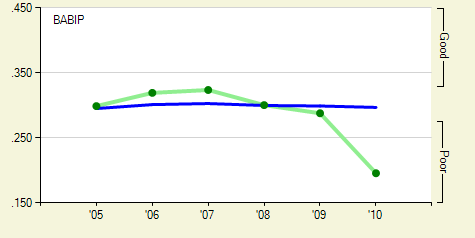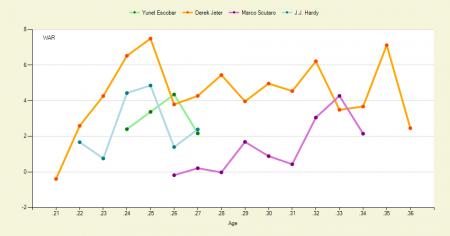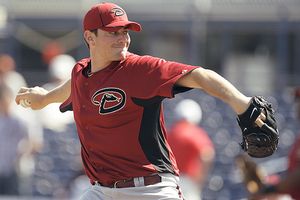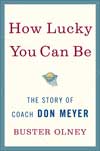- 12,423
- 2,235
- Joined
- Dec 14, 2001
expanded the bull pens. added someting to it. forget what. and i think seats were added. is the wall the same height, like add a foot or 2Originally Posted by ElijahDukes
Originally Posted by venom lyrix
the Red Sox are moving their right field fence in 10 feet...insane...
Adrian Gonzalez is gonna go insane
for what reason? that's ******ed... Ortiz gonna add on 10 HRs lol


























 with a double and a home run so far this spring. He won't put up big numbers as a rookie, but he'll grab Web Gems with regularity, while learning to hit in a bit of a trial by fire.
with a double and a home run so far this spring. He won't put up big numbers as a rookie, but he'll grab Web Gems with regularity, while learning to hit in a bit of a trial by fire.









